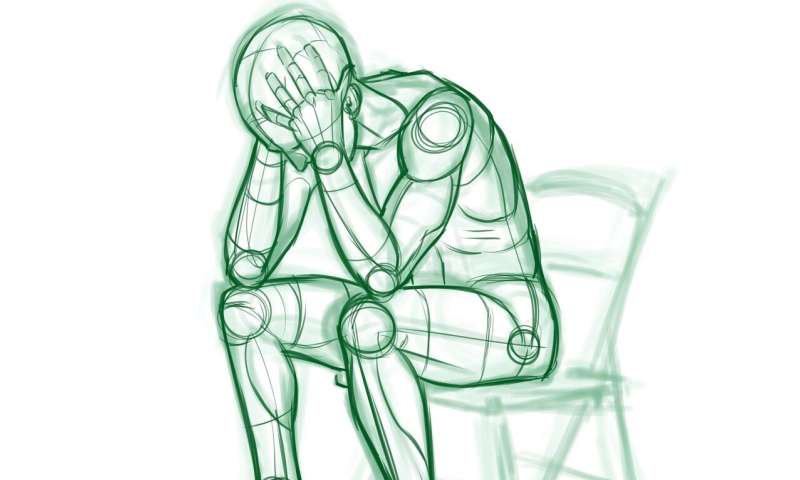
Pain and depression are closely related. Depression can cause pain – and pain can cause depression. Sometimes pain and depression create a vicious cycle in which pain worsens symptoms of depression, and then the resulting depression worsens feelings of pain.
In many people, depression causes unexplained physical symptoms such as back pain or headaches. This kind of pain may be the first or the only sign of depression.
Pain and the problems it causes can wear you down over time and affect your mood. Chronic pain causes a number of problems that can lead to depression, such as trouble sleeping and stress. Disabling pain can cause low self-esteem due to work, legal or financial issues.
Depression doesn’t just occur with pain resulting from an injury. It’s also common in people who have pain linked to a health condition such as diabetes or heart disease.
To get symptoms of pain and depression under control, you may need separate treatment for each condition. However, some treatments may help with both:
Antidepressant medications may relieve both pain and depression because of shared chemical messengers in the brain.
Talk therapy, also called psychological counseling (psychotherapy), can be effective in treating both conditions.
Stress-reduction techniques, physical activity, exercise, meditation, journaling, learning coping skills and other strategies also may help.
Pain rehabilitation programs, such as the Comprehensive Pain Rehabilitation Center at Mayo Clinic, typically provide a team approach to treatment, including medical and psychiatric aspects.
Treatment for co-occurring pain and depression may be most effective when it involves a combination of treatments.
Source: Read Full Article
